The cat palm (Chamaedorea cataractarum) is a small, tropical palm tree native to the tropical rainforests of Mexico and Central America. They thrive in the understory of the forest canopy. Cat palms are hardy. Cat palm care is low-maintenance. This little palm has attractive, feathery green fronds that provide grace and elegance to your home.
Chamaedorea cataractarum are members of the Arecaceae family, also known as the palm family. This family includes a wide variety of plants, including many familiar palms such as the coconut palm, date palm, and sago palm.
You are watching: Nine Important Things About the Cat Palm
Plants in the Arecaceae family are characterized by their woody stems, compound leaves, and flowers that are arranged in clusters or spikes. They are found in a wide range of habitats, including tropical rainforests, deserts, and grasslands.
Unlike their relatives, the Cat palm does not grow a woody trunk. Its growth is characterized by clumps of stems that produce airy fronds.
Is a Cat Palm a Good Indoor Plant?
These slow growing palms are well-suited to life indoors. They are relatively easy to care for and can adapt to a wide range of growing conditions. Since Cat palms are small, growing to about 3 feet tall indoors. They grow just fine in a pot or container.
Overall, cat palms can make a good choice for those looking for a low-maintenance, attractive indoor plant. With proper care, they can thrive indoors for many years.
Where To Place a Cat Palm Indoors:
When grown indoors, cat palms prefer a location with bright, indirect light and well-draining soil.
Cat palms are also relatively tolerant of a wide range of temperatures, making them suitable for growing in most homes. However, they do not tolerate cold temperatures much below 40 degrees F. Protect these palms from drafts or extreme temperature fluctuations indoors and outside on patios.
Place a cat palm in a well lit office, study, kitchen or bathroom. Any area with stable temperatures and strong indirect light.
Is Cat Palm an Outdoor Plant?
Cat palms do well outdoors in warm, humid climates zones 9 and 10. They are not particularly well-suited to life in areas with cold winters or extreme temperatures. They are sensitive to frost and do not tolerate cold temperatures well, They are best grown outdoors, in colder climates, in containers that can be moved indoors or into a greenhouse during the winter months.
In general, cat palms do best outdoors in a location with bright, indirect light and well-draining soil. They should be watered regularly, but the soil should be allowed to dry out slightly between waterings. It’s also a good idea to fertilize the plant once a month with a balanced fertilize to encourage growth.
Overall, cat palms can make a good choice for those looking to add a tropical touch to their outdoor space in warm, humid climates.
These palms can be planted as a property hedge since they are slow growing, growth about 8 feet and are easily managed. With proper care, they can thrive and add a lush, tropical feel to your garden.
Can Cat Palm Take Full Sun?
In general, cat palms (Chamaedorea cataractarum) prefer bright, indirect light and do not tolerate full sun well. Prolonged exposure to direct sunlight outdoor and indoors can scorch the leaves and cause the plant to become stressed.
If you live in an area with intense sunlight, it’s a good idea to provide some shade for your cat palm, either by planting it in a location with dappled or filtered sunlight or by providing artificial shade with a sheer curtain or other similar material.
Read more : 6 Reasons Why Plant Leaves Turn Yellow Or Brown
SO: Do cat palms need a lot of light? Cat palms do best in bright, indirect light, such as that found on a windowsill or in a well-lit room with a northern or eastern exposure. They also do well under grow lights, as long as the light is not too intense.
With that said, Cat Palms are known to be adaptable to lower light at least for short periods of time. The growth will slow even more than is normal for this plant and the palm frond will be smaller if light is inadequate. You may see leaves weaken if the light is very poor.
It’s important to pay attention to the lighting needs of your cat palm and make sure it is getting the right amount of light to thrive. With the proper care, your cat palm can thrive and add a tropical touch to your home.
Cat Palm Care Needs and Info Guide:
Cat Palm Care is rather easy. They need very little maintenance to keep them growing in good health for many years.
Read our care guide below for information and care tips at a glance for the cat palm.
How do you Propagate a Cat Palm?
To propagate a cat palm (Chamaedorea cataractarum) as a stem cutting, follow these steps:
- Start by obtaining a healthy, mature cat palm plant that has several stems. You can either purchase one from a nursery or ask a friend or neighbor for a cutting.
- Cut a stem from the plant, making sure to cut it at a 45-degree angle just below a leaf node. Remove any lower leaves from the stem, leaving only the top few leaves intact.
- Dip the cut end of the stem into rooting hormone, which will help stimulate root growth.
- Fill a small pot or container with a well-draining potting mix specifically formulated for palms. Water the mix until it is moist but not soggy.
- Make a hole in the soil mix with a pencil or similar tool and insert the cutting into the hole, making sure that the cut end is buried at least 1 inch deep. Firm the soil around the cutting to hold it in place.
- Water the soil mix again, making sure it stays moist but not waterlogged.
- Place the pot or container in a warm, bright location out of direct sunlight. A windowsill or under a grow light is a good option.
- Keep the soil mix moist and fertilize the plant with a balanced fertilize once a month to encourage growth.
- After several weeks, you should start to see new growth on the plant. Once the plant is well-established, you can transfer it to a larger pot or plant it in the ground in a sunny location with well-draining soil.
It is important to note that propagating a cat palm by stem cutting can be a slow process. It may take several months or even years for the plant to become fully established. Patience is key when propagating this type of palm.
Can you Divide a Cat Palm?
Yes, it is possible to divide a cat palm (Chamaedorea cataractarum) to create multiple plants. This can be a good way to propagate the plant if you want to create more specimens or if you want to thin out an overcrowded pot.
To divide a cat palm, follow these steps:
- First, identify the main clump of the plant. This is usually the center of the plant where the roots are located.
- Gently loosen the soil around the clump, being careful not to damage the roots.
- Use a sharp knife or pruner to cut through the roots, dividing the plant into smaller sections. Each section should have a good amount of roots and leaves.
- Replant each division in its own pot or in a suitable location in the garden, making sure to provide proper care and maintenance.
It’s important to note that dividing a cat palm can be a challenging process, and it’s important to handle the plant carefully to avoid damaging the roots. It’s also a good idea to divide the plant during the growing season when it is actively producing new growth. This will help the plant recover more quickly after being divided.
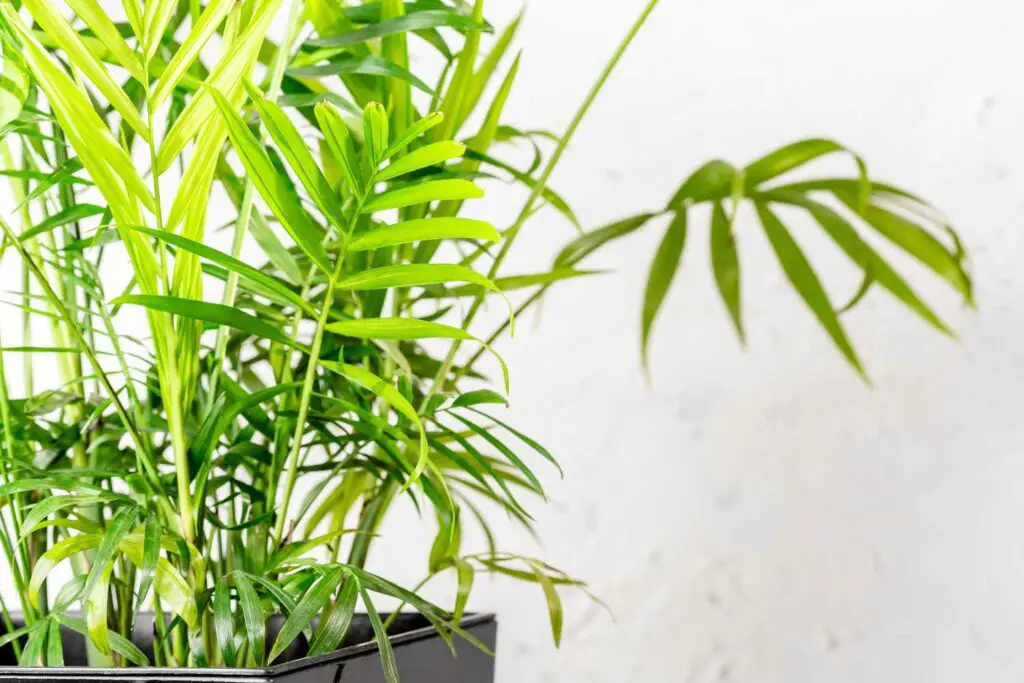
Do Cat Palms Attract Bugs?
In general, cat palms (Chamaedorea cataractarum) do not attract a large number of pests. These plants are relatively resistant to pest infestations and are not considered to be particularly attractive to bugs.
However, like any plant, cat palms can be attacked by certain types of pests under certain conditions. For example, if the plant is stressed due to over-watering, under-watering, or poor cultural conditions, it may be more prone to pest infestations.
Pests that may infest cat palms include:
- Mealybugs: These are small, soft-bodied insects that can infest the leaves and stems of cat palms. They can be identified by the white, cottony substance they produce, which is actually a protective covering for their eggs. Mealybugs can cause yellowing and wilting of the leaves and can weaken the plant if left uncontrolled.
- Scale insects: These are small, hard-bodied insects that attach themselves to the stems and leaves of cat palms. They feed on plant juices and can cause yellowing and wilting of the leaves if left uncontrolled. Scale insects can be identified by the small, circular or oval-shaped bumps on the plant’s stems and leaves.
- Spider mites: These are tiny, eight-legged insects that can infest the leaves of cat palms. They feed on plant juices and can cause the leaves to become yellow and stippled. Spider mites are difficult to see with the naked eye, but their presence can be detected by the fine webbing they produce.
- Aphids: These are small, soft-bodied insects that can infest the leaves and stems of cat palms. They feed on plant juices and can cause the leaves to become yellow and curled. Aphids can also produce a sticky substance called honeydew, which can attract ants and lead to the growth of sooty mold on the plant.
If you suspect that your cat palm has been attacked by any of these pests, it is important to take action to control the infestation as soon as possible to prevent further damage to the plant. This can be done by manually removing the pests, using horticultural oil or insecticidal soap, or introducing beneficial insects such as ladybugs or lacewings.
Is Cat Palm Toxic to Cats? Or Dogs?
It is not uncommon for cats and dogs to nibble on plants, and it is important to be aware of which plants are toxic to cats in case of accidental ingestion.
Fortunately, Cat palms (Chamaedorea cataractarum) are not toxic to cats or dogs.
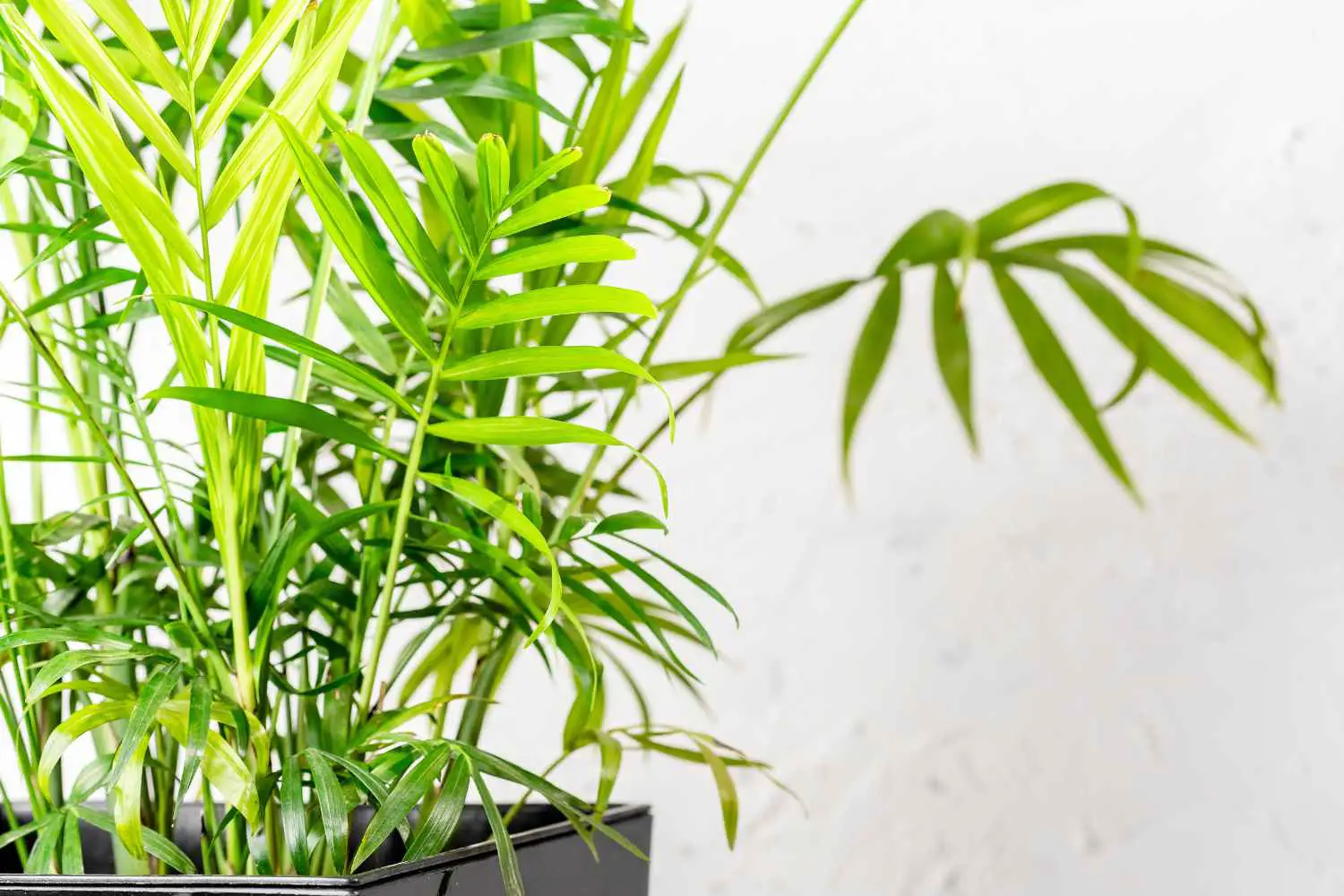
Read more : A Modern Take On Outdoor Tile Over Concrete Patio
The ASPCA maintains a comprehensive list of plants that are toxic to cats, which can be a useful resource for determining which plants to avoid. Keep this website handy if you have plant chewing pets.
If you suspect that your cat has ingested a toxic plant, it is important to seek veterinary care as soon as possible. Symptoms of plant poisoning in cats can include vomiting, diarrhea, difficulty breathing, tremors, and changes in behavior or appetite.
Do Cat Palms Purify The Air?
Cat palms (Chamaedorea cataractarum) are not known to have particularly strong air purifying abilities. While it is true that some plants are able to remove certain pollutants from the air through a process known as “phytoremediation,” there is limited research on the specific air purifying abilities of cat palms.
It is worth noting that all plants are able to contribute to the overall air quality in a room or indoor space by releasing oxygen through the process of photosynthesis. In this way, having plants in your home or office can help to improve the air quality and increase the amount of oxygen in the air.
Plants are very beneficial to people emotionally and as an environmental addition to your home.
Read more about why houseplants are beneficial to people here .
The Contented Plant
If you are looking for plants that are known to be effective at purifying the air, you may want to consider some of the following options:
- Spider plants (Chlorophytum comosum): These plants are known to be effective at removing formaldehyde, which is a common indoor air pollutant.
- Snake plants (Sansevieria trifasciata): These plants are known to be effective at removing toxins such as formaldehyde, benzene, and trichloroethylene from the air.
- All Pothos: According to a study published in the journal Environmental Science and Technology, pothos plants are able to remove a variety of volatile organic compounds (VOCs) from the air. VOCs are chemicals that evaporate into the air at room temperature and can include a range of toxic substances such as benzene, formaldehyde, and trichloroethylene.
It is important to note that the air purifying abilities of plants can vary depending on a number of factors, including the size of the plant, the type of pollutant, and the conditions in which the plant is grown. In order to effectively purify the air in your home or office, it is generally recommended to use a combination of different plants.
Cat Palm Summary:
Cat Palms are a slow growing low maintenance plant well suited to growing indoors or on patios in the summer months in most climates. Cat Palms enjoy growing outdoors as landscape plants in climate zones 9 or 10.
Cat palms love bright indirect light, lightly moist wet drained soil, regular fertilizing and stable temperatures without a lot of drafts. Cat palms are not particularly attractive to pests.
Propagate cat palms by taking stem cuttings or most easily by dividing the plant when the plant needs repotting.
Cat palms are pet safe and provide benefits to human housemates by respiring oxygen and providing some minimal additional air filtration.
More Palms to Consider:
These are all excellent palms for your home. Interesting foliage and low maintenance plants. Enjoy!
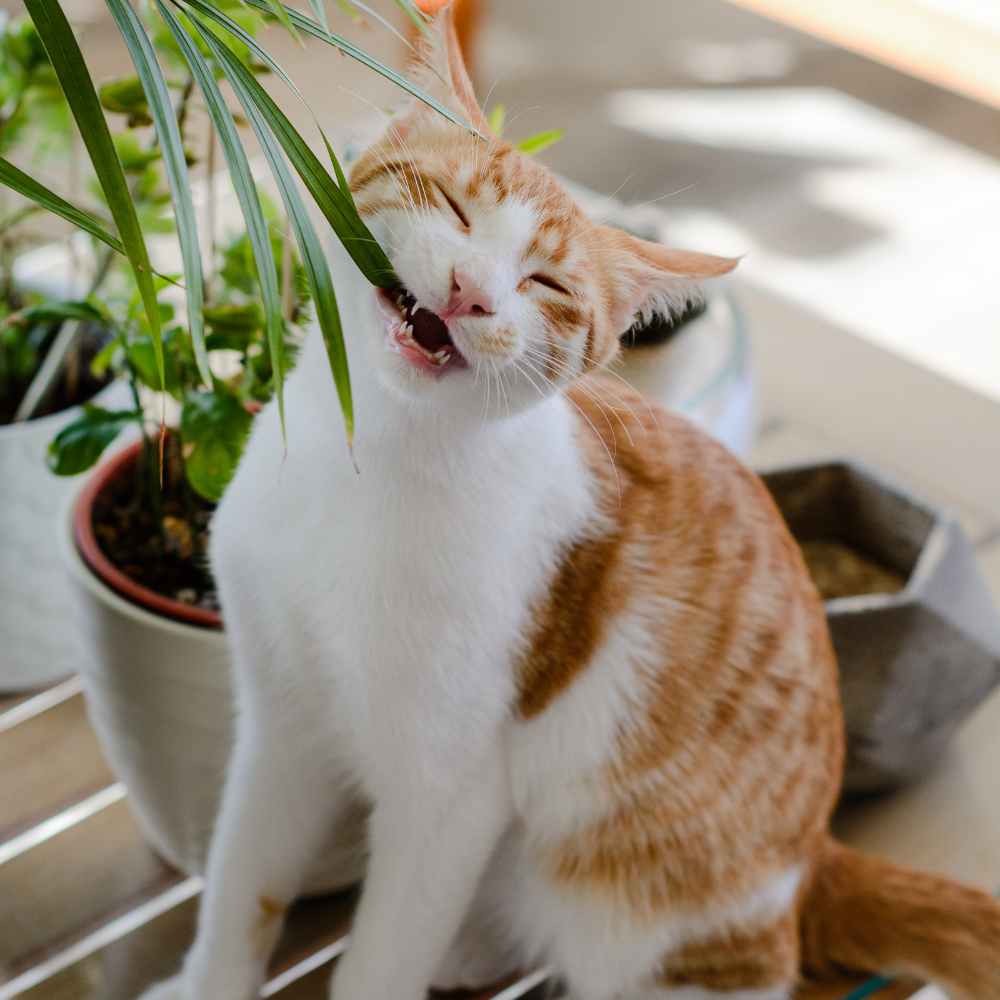
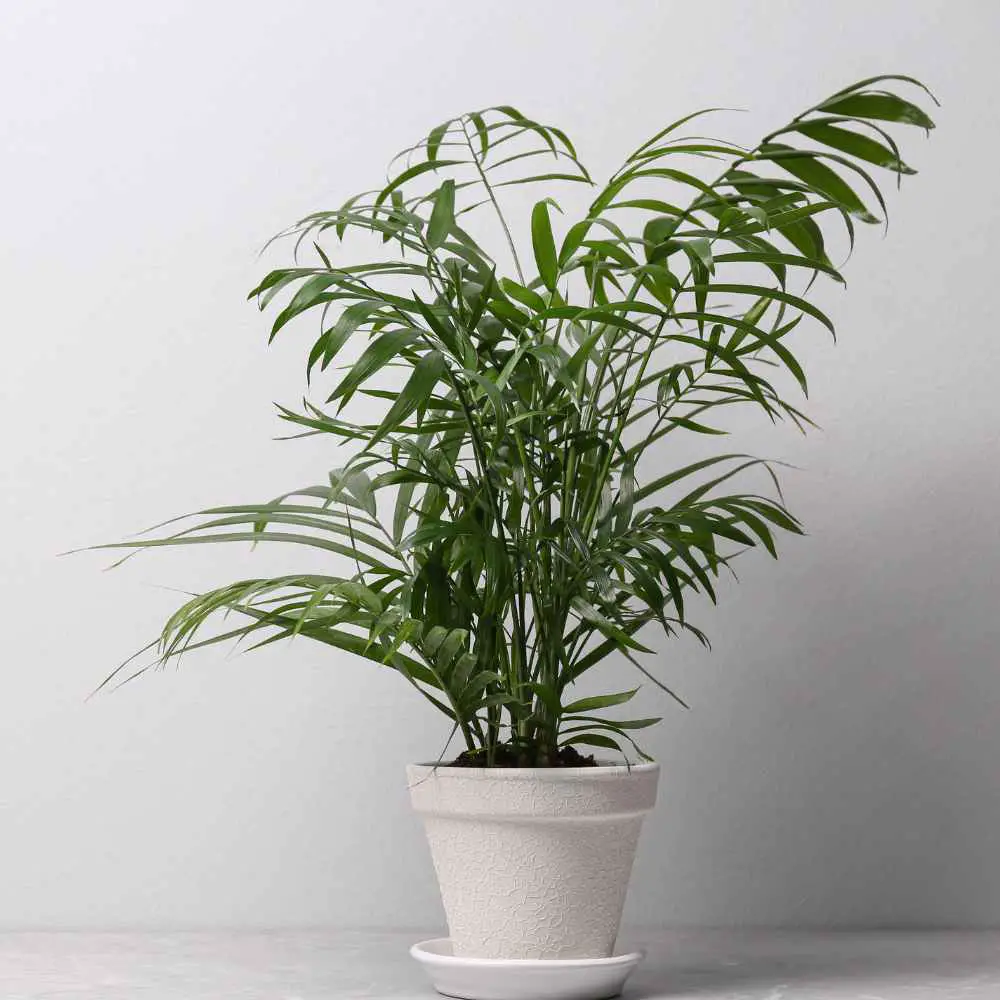
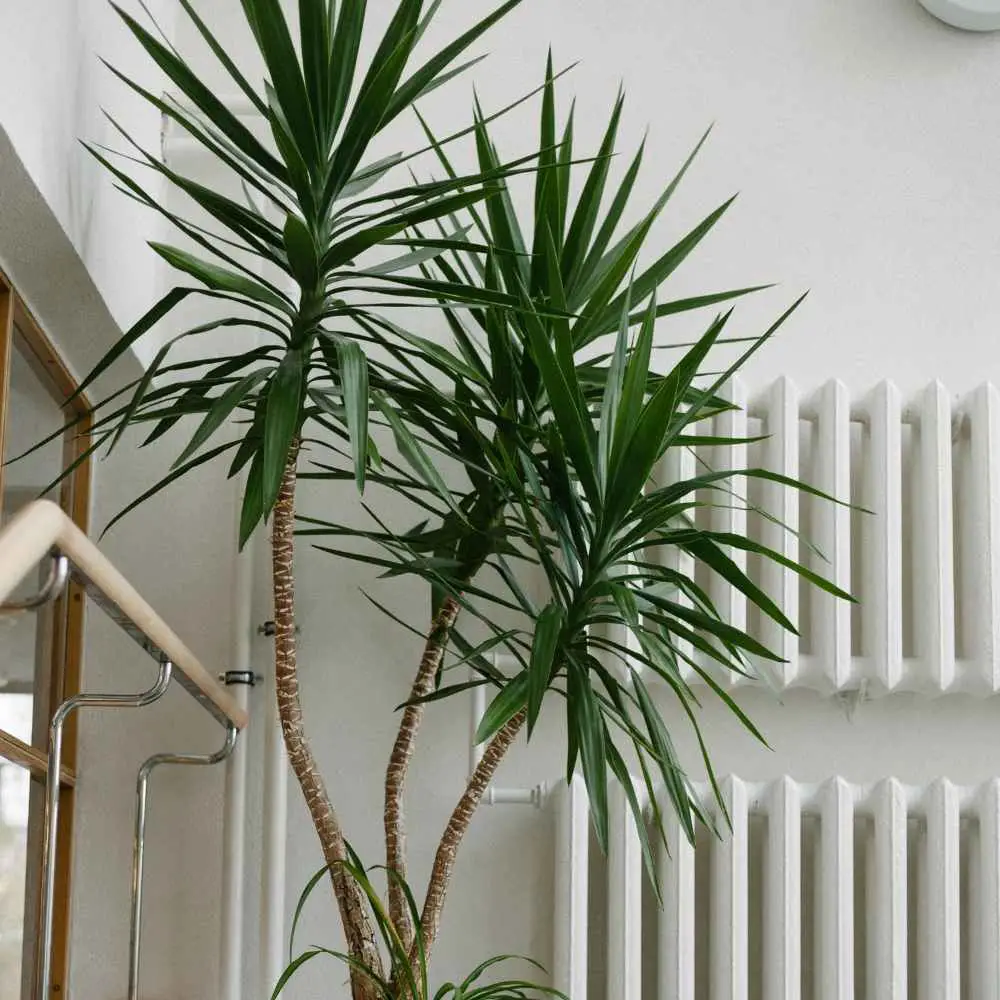
Follow Us:
Find us on YouTube, Instagram , Pinterest and TikTok! We love to Plant chat. We also comment, like and occasionally share your content to our daily stories. We’d love to see your plants. Share your joy in your houseplants. Happy Planting!
- Majesty Palm Care Guide & Plant Profile
- PonyTail Palm Care Guide and Profile:
- Non Toxic Plants for Cats, Dogs and Kids
- Polka Dot Plant Care Guide
- Golden Pothos Care-Epipremnum Aureum
Source: https://gardencourte.com
Categories: Outdoor

